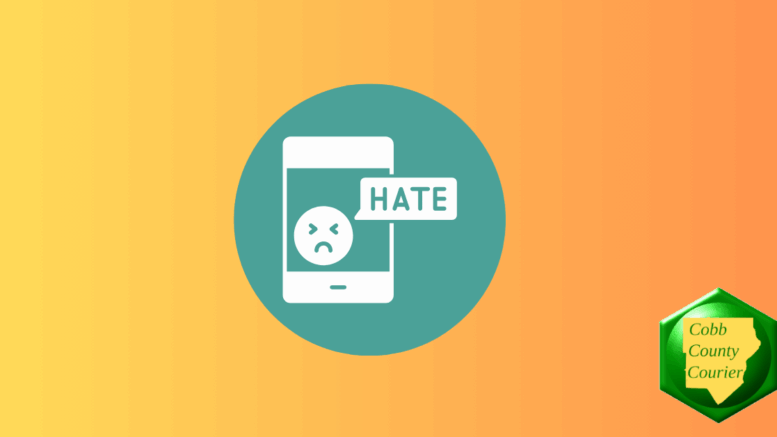By John A. Tures, Professor of Political Science, LaGrange College
People today are worried about political violence. And because some of it involves younger people, there is a tendency by some to wonder if our educational institutions are to blame for it. I look at these arguments to see who is undertaking these unacceptable acts and where they went to school. I also look at online sources that are stoking divisions in America, which is what really may be to blame for this recent surge in radicalized violence.
The shooter at the UVU campus was not a college student there but went to a different kind of institution: an electrical apprenticeship school. He only spent a semester at a traditional liberal arts campus. The killer of the Minnesota Democratic Party politicians who wounded others and had a liberal hit list went to a bible college in the 1990s. The Annunciation Catholic School shooter has no college record, but did post a transphobic, antisemitic, and racist manifesto in Cyrillic. The Colorado high school shooter did not attend college. I can’t find any records of the person who fired hundreds of shots at the CDC and who killed a cop, attending a college. The would-be assassin of Supreme Court Justice Brett Kavanaugh attended a traditional college in California. He also called the cops on himself and surrendered before carrying out his plans.
The two who attempted to assassinate Donald Trump did attend college; one went to a nearby community college while the other went to a school focusing on STEM, back in the 1990s. The New Mexico Republican candidate who carried out a number of politically-motivated shootings attended UNM years earlier. The lawyer who killed a U.S. judge’s son (hoping to target her) had an impressive collegiate record. He also had a strong, hard-core right-wing slant on politics (and also claimed to have been a P.I. in Russia).
The guy who shot several Republicans at a congressional baseball game attended aviation classes at an area college and other classes at a local college briefly. The killer of several people at a Democratic Party meet-and-greet in Arizona, wounding Rep. Gabrielle Giffords, attended a local community college where he harassed students with his anti-abortion and anti-government screeds. The waves of high school shooters generally haven’t attended college.
So it seems that there’s not a long list of traditional university and college experiences among these perpetrators of modern political violence. Most of these violent attackers appear to be radicalized by other elements online, which is what investigators are increasingly observing.
The presence of at least two attackers spending time in Russia or making a manifesto in Cyrillic doesn’t seem to have raised many eyebrows in the media. But maybe it should, given what we already know about Russia’s notorious propaganda campaign to turn Westerners against each other.
“Influence operations linked to Russia take aim at a disparate range of targets and subjects around the world,” NPR reported. “But their hallmarks are consistent: attempting to erode support for Ukraine, discrediting democratic institutions and officials, seizing on existing political divides and harnessing new artificial intelligence tools.”
“They’re often producing narratives that feel like they’re throwing spaghetti at a wall,” said Andy Carvin, managing editor at the Atlantic Council’s Digital Forensic Research Lab, which tracks online information operations. “If they can get more people on the internet arguing with each other or trusting each other less, then in some ways their job is done….Some efforts have been linked directly to the Kremlin, including a network of fake accounts and phony news websites given the name Doppelganger, whose operators have been sanctioned by both the U.S. and the European Union.”
These online hate groups, chat forums, and bots are also becoming a standard for school shooters, teens radicalized long before they even consider college. “[R]esearchers see young people becoming radicalized by extremism online,” WPR reported. “In these circles, people share links on moderated social media platforms to groups on less moderated platforms, like Telegram. As they move to these groups, users are exposed to ever more extreme and violent content.”
Turning Americans against each other seems to be the name of the game. We know that Russia has shifted from cyber attacks to pressing for more kinetic operations in Europe. Perhaps all of this seemingly random violence may have an international source behind its shadowy web campaign.
John A. Tures is a professor of political science at LaGrange College in LaGrange, Georgia. His views are his own. He can be reached at jtures@lagrange.edu or on “X” at @johntures2. His first book “Branded” will be coming out this Fall, published by Huntsville Independent Press (https://www.huntsvilleindependent.com/).
